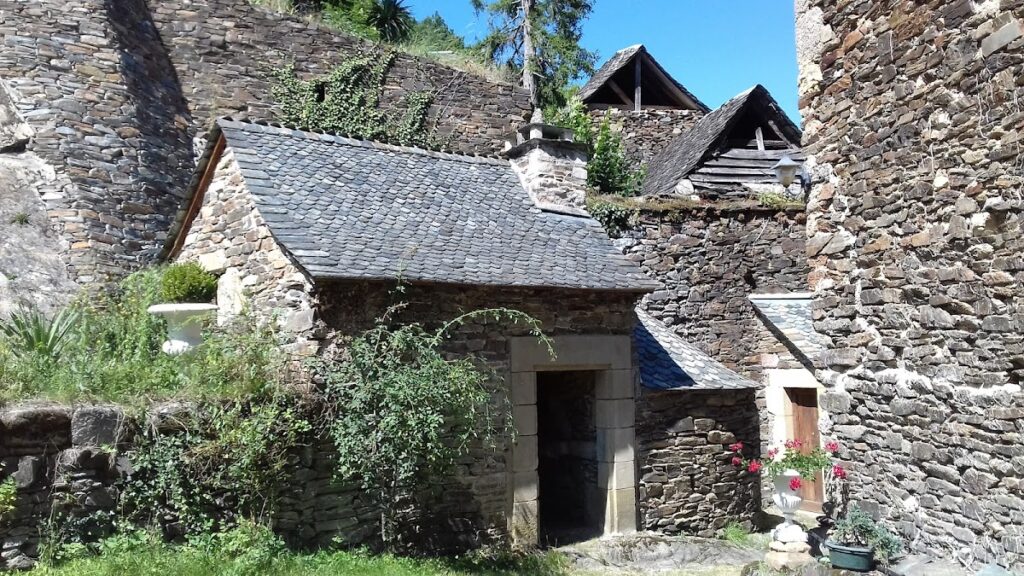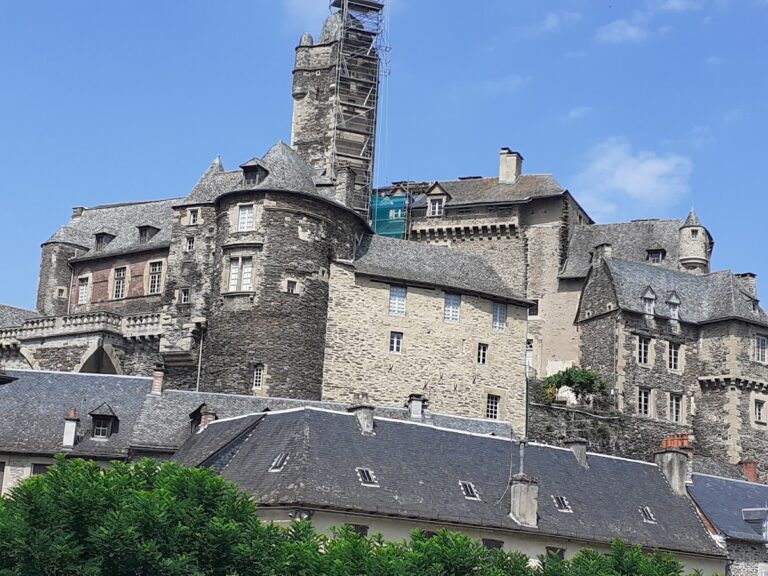Château de Cabrespines: A Historic Fortress in Coubisou, France
Visitor Information
Google Rating: 4.8
Popularity: Very Low
Google Maps: View on Google Maps
Country: France
Civilization: Unclassified
Remains: Military
History
The Château de Cabrespines is located in the municipality of Coubisou, France. This fortress was originally built by local medieval inhabitants at the end of the 12th century or the dawn of the 13th century. Constructed to defend the surrounding valley, it occupied a prominent rocky outcrop known as “Tourruol,” a strategic position that allowed it to guard the approaches as far as Anglars.
During the 13th century, the castle became a residence for the Counts of Rodez, a noble family who held significant influence in the region. In 1274, a notable transfer of rights occurred when Gui d’Estaing gave up his claims to the site, signaling changes in local power dynamics. The fortress maintained its military and residential roles throughout the medieval period.
In the early 17th century, specifically in 1628, the Prince of Condé ordered the demolition of the castle. Following this destruction, Jean de Cambon, the last captain overseeing the castle, was granted the title of lord of Cabrespines. He also received permission to reconstruct part of the castle on the western side using stones salvaged from the original medieval fortress at Tourruol. The rebuilding took place fifteen years later, in 1643, marking a new phase in the site’s history that combined medieval foundations with 17th-century renovation efforts.
Remains
The remains of the Château de Cabrespines reflect its long history of construction, destruction, and partial rebuilding. The original medieval fortress stood on the elevated site called Tourruol, chosen for its defensive advantage overlooking the valley below. This position created a natural stronghold that shaped the castle’s design and purpose.
Today, the visible structure primarily includes the western section constructed in 1643 by Jean de Cambon. This part was built using stones carefully removed from the ruins of the original fortress, linking the new construction materially and historically to the medieval castle. The reuse of these stones provides direct archaeological evidence of continuity between the demolished and rebuilt phases of the castle’s existence.
While no detailed stonework decorations or inscriptions have been recorded, the physical fabric of the surviving walls stands as a testament to the castle’s transformation over centuries. The current remains occupy the same promontory that once formed the heart of the defensive settlement, preserving the site’s connection to its original strategic role in the landscape.










